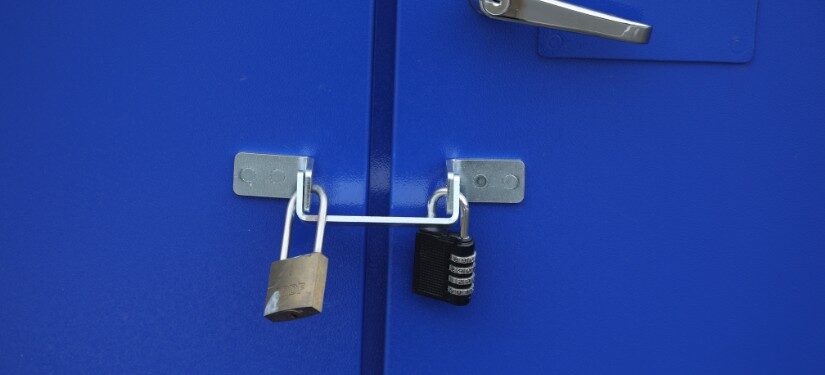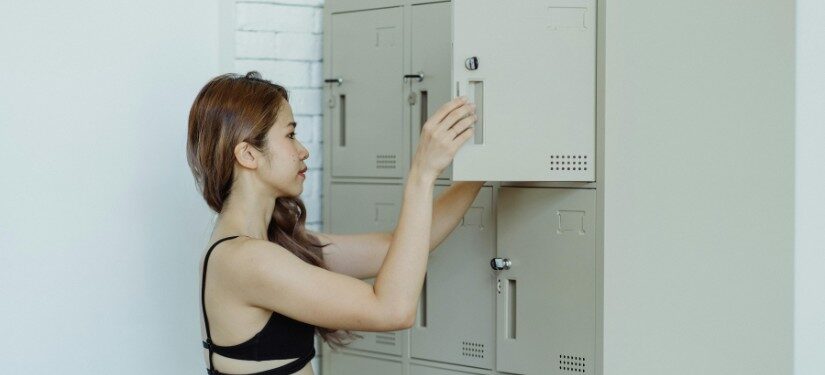

If you manage a gym, fitness center, school, or workplace, providing reliable storage lockers for your members and employees is essential. Gym lockers offer secure storage for personal belongings, helping clients feel confident about leaving their valuables while they work out. However, purchasing new lockers can be costly, especially when outfitting large facilities.
That’s where used gym lockers come in a cost-effective alternative that can provide the same functionality and durability as brand-new units, often at a fraction of the price. But, like any used product, buying used lockers comes with risks if you don’t know what to look for. This guide will help you buy quality used lockers without sacrificing durability, security, or style.

Before diving into the buying tips, let’s explore why purchasing used gym lockers can be a smart decision:
However, not all used lockers are created equal. Without careful evaluation, you might end up with units that are damaged, insecure, or unsuitable for your facility.
To get the most value and quality from your purchase, keep these essential factors in mind:
The physical state of used lockers is paramount. Check for:
If buying online or from a broker, ask for detailed photos and, if possible, request an in-person inspection.
Lockers come in various materials, including metal, plastic, and wood composites. Metal lockers tend to be most common in gyms due to their durability and security.
When purchasing used gym lockers, confirm the material quality. For example, heavier gauge steel lockers are sturdier and more resistant to damage.
Evaluate the size and configuration of the lockers relative to your facility needs. Consider:
Choosing the right size and setup will improve user satisfaction and storage efficiency.
Security is a top priority in gym lockers. Verify the locking mechanisms:
Some locker accessories like reinforced doors or lock guards can enhance security.
If you’re integrating used lockers into an existing locker room, make sure the style, color, and dimensions match or complement your current setup. This helps maintain a cohesive look.
Work with a reputable locker installation company or reseller who can provide:
This can save you headaches and ensure the lockers arrive and are set up correctly.
Many companies specialize in selling refurbished or used lockers specifically designed for gyms and schools. These businesses often inspect and refurbish lockers to meet safety and quality standards.
You may find used lockers on platforms like eBay or local classified ads. However, these options carry more risk as condition reports can be unreliable.
Contact local gyms, schools, or businesses planning locker room renovations. They might sell their old lockers at discounted rates or even donate them.
Some locker installation companies offer used or refurbished lockers alongside new installations. They can advise on the best fit and handle delivery and installation.
Here are practical steps to help you buy used gym lockers confidently:
Whenever possible, inspect lockers in person before purchasing. Check for all signs of wear, damage, or security issues.
Ask for maintenance records, original purchase information, and refurbishment details.
If lockers need minor repairs or repainting, factor that into your budget. Refurbishing can significantly extend the life and appearance of used lockers.
If outfitting a large facility, buying lockers in bulk may save money and ensure a uniform look.
Hiring a professional locker installation company ensures proper setup, including securing lockers to walls or floors for safety.
To maximize functionality, consider adding locker accessories such as:
Accessories can improve user experience and help your used lockers feel more modern and user-friendly.
While new lockers offer the latest designs, warranties, and pristine condition, the cost is considerably higher. Used lockers, if selected carefully, can match new locker durability and security but at a much lower price.
If your budget is tight or you want an eco-friendly option, quality used gym lockers are an excellent choice. Just be sure to evaluate the condition and source them from trusted suppliers.
Purchasing used gym lockers is a practical, budget-friendly way to provide secure, durable storage for your gym members or employees. By carefully inspecting condition, material, size, security, and supplier reputation, you can find high-quality lockers that meet your needs without sacrificing quality.
Remember to also consider the help of a professional locker installation company to ensure proper setup, and enhance your lockers with useful locker accessories for maximum convenience.
With the right approach, your facility can enjoy the benefits of quality storage lockers at a fraction of the cost — supporting a safe, organized, and welcoming locker room environment.
Used gym lockers are cost-effective, eco-friendly, and often just as durable as new ones. They can provide the same functionality and security at a fraction of the price.
Look for signs of rust, dents, or scratches. Ensure doors open and close smoothly, and that locks are functional or can be replaced. Good ventilation is also important to prevent odors.
Metal lockers are common in gyms due to their durability and security. Heavier gauge steel lockers are sturdier and more resistant to damage.
Consider the size and configuration of the lockers. Choose between single or double-tier lockers and ensure they fit gym bags or other equipment. Some lockers come with accessories like shelves or hooks.
Yes, many used lockers can be customized or have parts replaced, such as locks or hinges, to fit your specific needs.
At Lockers Unlimited, we combine innovation, quality, and excellent customer service to deliver the best storage solutions for your needs. From design to installation, we’re here to help every step of the way.
Ready to upgrade your space with our new lockers? Contact us today to discuss your project and find the perfect solution for your needs.
